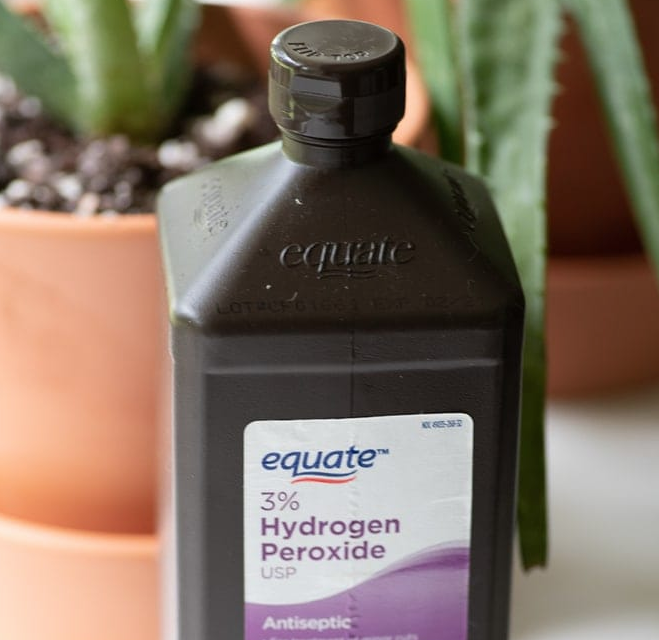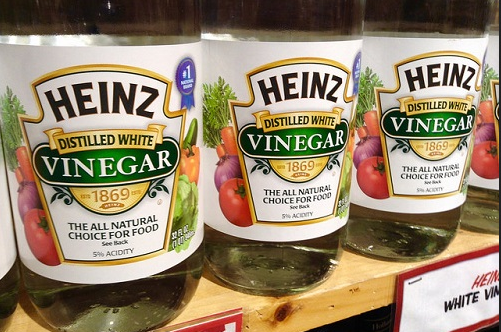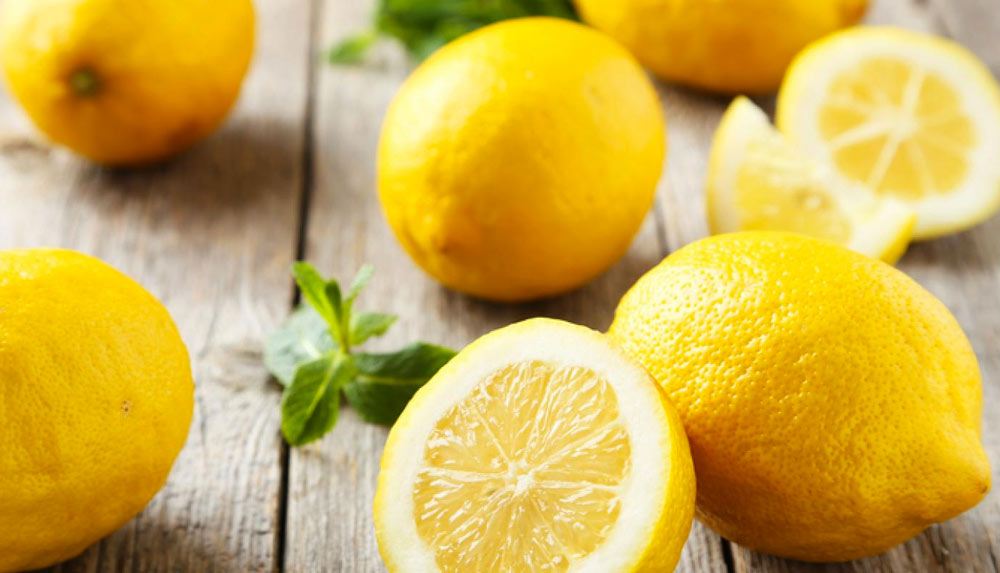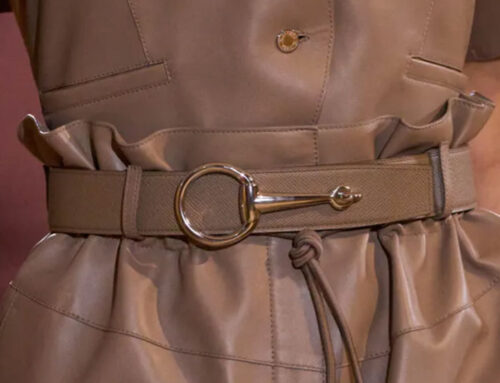Wait what? Yes, you heard me. The world has taken a turn. I’m sure there’s not one person out there who would disagree that their daily grind now involves some form of bleach. At home we use it. We’re using it at the barn. I’m dizzy from the smell of bleach everywhere. Well, there are alternatives. I’m not saying that bleach is bad. I love bleach, you can’t go wrong with bleach. I’m just saying I can’t stand the smell anymore. Here are some basic alternatives and DIY add-ons that will still keep the dreaded Covid _19 at bay and provide you with a new scent. But first, let’s go through a little chemistry and remind everyone what not to mix so you all don’t end up in a hospital claiming shortness of breath or chest pain.
WHAT NOT TO MIX WITH BLEACH
First a little refresher (excuse the pun) of what not to mix with bleach. You may even find that some of these mixtures actually look like the symptoms of Covid 19. So be careful with your obsessive cleaning during this time.
BLEACH + VINEGAR produces chlorine gas which can cause coughing breathing problems and burning or eyes
BLEACH + AMMONIA Produces a toxic gas called Choramine. It causes shortness of breath and chest pain
BLEACH + RUBBING ALCOHOL makes chloroform which is highly toxic
Common Household Items That Can be Used For Cleaning
Below are a few great cleaning tips and environmentally safe DIY products that can make and be used alone or in a combination for a wealth of household or barn cleaning applications. Make these simple yet effective cleaners with items from your pantry or garden that work and smell way better.
Hydrogen Peroxide
Hydrogen Peroxide is a great disinfectant that can be used like bleach because it kills bacteria, mold, and salmonella. It’s also anti-bacterial, anti-mold and anti-mildew meaning that it also prevents all these things too. Hydrogen peroxide is the key to this cleaner. It is non-toxic for people, household animals, plants, and the earth.
You can use this cleaner for everything from streak-free mirrors to wiping out the cat litter box. Since hydrogen peroxide is known for its many cleaning benefits, it will also eliminate the number of different cleaning products you need have around. Finally use hydrogen peroxide to disinfect your sponges, mops, and scrub pads after your done using them too.
You can make your own all-purpose cleaner using three basic, inexpensive, non-toxic ingredients with:
- 2 cups Water
- 1 cup Hydrogen Peroxide
- ¼ cup Lemon Juice
Mix and adjust to suit your needs.
Other uses if you get bored
Use peroxide to wipe out your refrigerator and dishwasher. Because it’s non-toxic, it’s great for cleaning places that store food and dishes. It is even safe for kids to use. Clean the toilet bowl naturally! Pour half a cup of hydrogen peroxide into the toilet bowl, let stand for 20 minutes, then scrub clean. Whitten tile grout throughout your house! Liberally spray the grout with hydrogen peroxide. Let it sit — it may bubble slightly — for a little while, then come back and scrub the grout with an old toothbrush. You may have to repeat the process a few times, but it works! Kids toys can be covered in germs. Disinfect kids’ toys and play areas with some hydrogen peroxide in a spray bottle. It won’t hurt anyone. Just spray and rinse/wipe clean. Same goes for doors and handles at the barn! Try adding a half a bottle of hydrogen peroxide to a warm bath can help detoxify the body. It will also leave you with a clean tub.
White Vinegar
White vinegar will clean everything. Distilled white vinegar is the most important natural cleaner in your home. Always keep a giant bottle of this miracle liquid handy.
Simply dilute an even amount of vinegar with water in a spray bottle to get just about anything in your home squeaky clean. Remember that a higher concentration of vinegar to water will achieve better cleaning power results.
Vinegar literally has an endless number of uses including cleaning, disinfecting., degreasing, removing smells, removing stains, you name it
If you’re worried that vinegar will leave a smell behind, just wait for it to dry. Once dried, the vinegar smell will disappear and remember, store bought chemical cleaners also smell; we’re just used to thinking that means clean.
Note: DON’T ever mix with Hydrogen Peroxide! it makes an acid which is highly corrosive.
Citrus Fruit
Most citrus fruits are known to be great to polish, bleach and eliminate mildew. In addition the scent of lemon, lime or grapefruit will add a fresh fragrance to your home. There is no need for expensive detergents and cleaners when you could use lemons to keep your home shiny and fresh. Lemon is known to be an environmentally pleasant cleaning agent, acting as an antioxidant. Since lemon juice contains citric acid, it will shine and freshen everything. Incorporate lemon into your cleaning to disinfect the kitchen, work surfaces, pans pots and dishes. It will dissolve soap scum and hard water deposits; In addition lemons clean and shine metals such as brass and copper; in addition to polishing furniture and hardwood floors.
Most everyday cleaning jobs can be carried out successfully by using water, vinegar, baking soda, Hydrogen Peroxide and Citrus Fruits. These natural products will have the least impact on the environment and provide you with a cost-effective cleaning method. We hope these simple and easy tips will make your home cleaning projects a breeze.
Lavender
I have a lavender plant in my yard. Now, what do I do with it? Well, you can extract the oil. It’s a week process, but hey we have a week right? This is a great contribution to any cleaning concoction. I mixed it with my peroxide combo and the house smells amazing.
A non-distilling approach to make tincture of Lavender is easier than the boiling and steaming process. You’ll need:
- Lavender buds
- Grain alcohol or cheap vodka like Popov (save the good stuff for Cosmos) Still considered an essential you should have no problem acquiring some vodka.
- Mortar and pestle ( bowl and spoon good to go)
- Coffee filters
- Two jars– one with a tight-fitting lid (an old jam jar will do)
Place Lavender buds into your bowl or mortar, and crush lightly to release the aromatic oil. Just bruise the flowers with the back of the spoon or pestle. You are not making oatmeal. Too much agitation will give you Lavender soup — and that’s not how to make lavender essential oil. Transfer the Lavender to a jar with a tight-fitting lid. Cover entirely with the grain alcohol or vodka. Shake the jar to release more oil, several times a day, for several days in a row. A longer steep means more intense extraction. About a week seems to be sufficient.
After a week or so of this– a short-cut during this phase of how to make lavender essential oil is to leave the “brewing” jar on a sunny kitchen counter for a weekend — you’re ready to refine. Use a coffee filter to strain the liquid and into the second jar. (The pour-off is technically lavender-infused vodka, though we don’t recommend drinking it. In fact, that’s what the extra vodka is for, we recommend mixing with grapefruit and relaxing.)
Place a clean coffee filter or cloth on top of the jar of liquid and allow it to sit undisturbed for about one week. This will allow the alcohol to evaporate from the jar, leaving essential oil as the result.
There may be sediment at the bottom, which is no big deal. Store it in your pantry or linen closet, out of direct sunlight.










